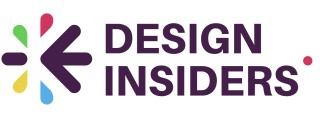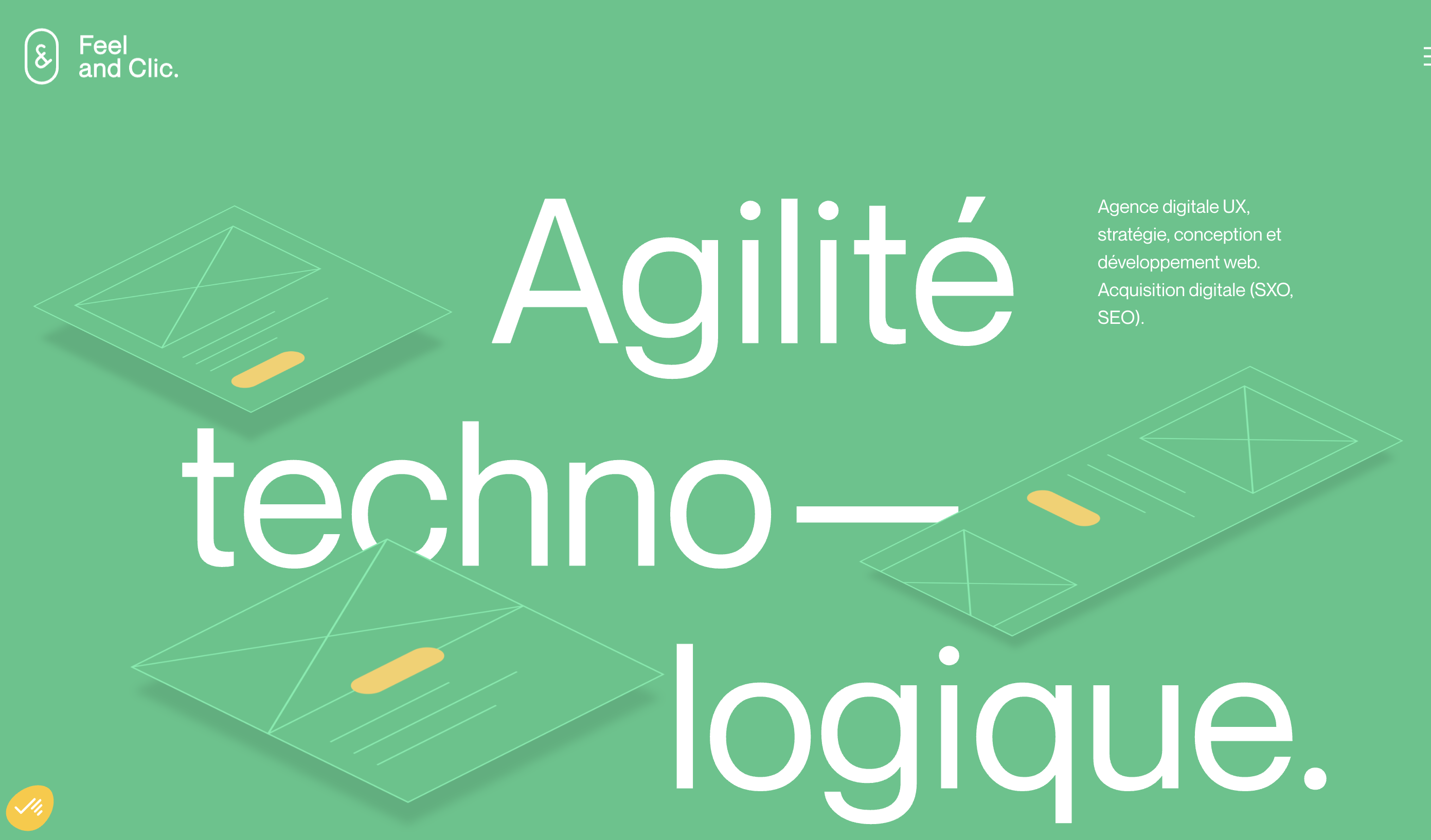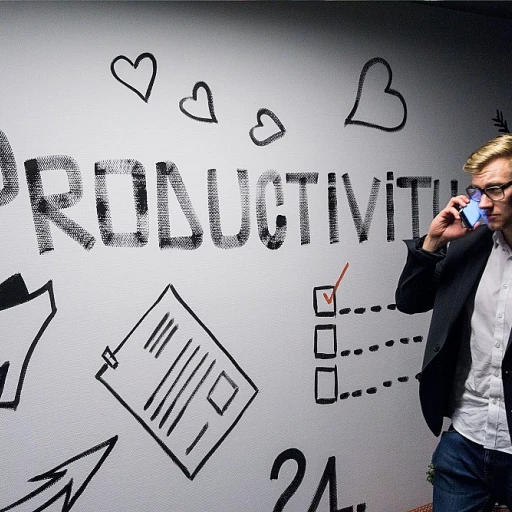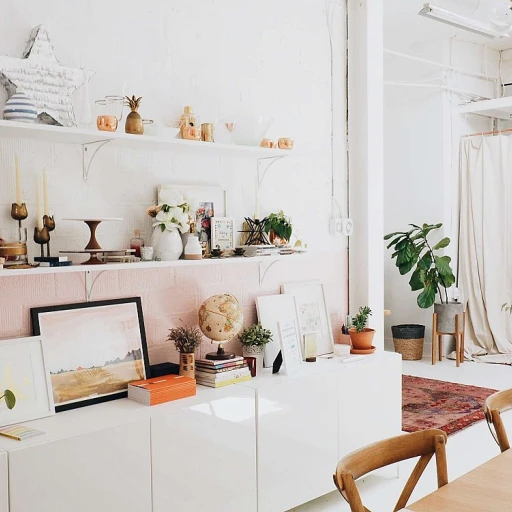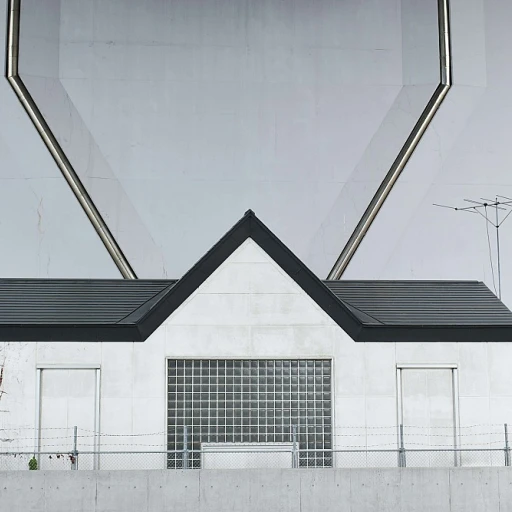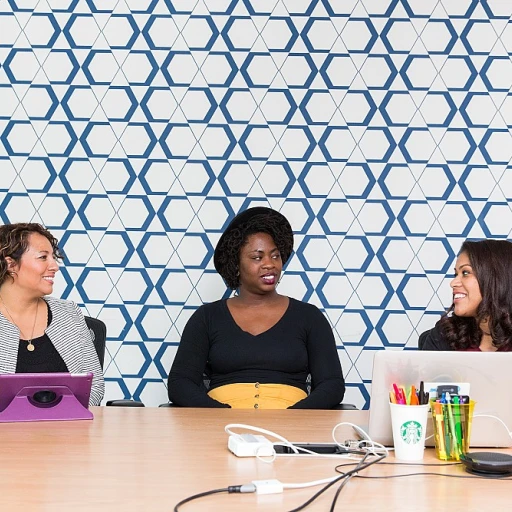
Understanding the Essence of Design Projects
Identifying UX Opportunities for Design InnovationThe Role of Creativity and Innovation
Harnessing the Power of Imagination
In the world of design projects, creativity and innovation serve as the beating heart. These elements not only distinguish one project from another but also drive the process forward, adding depth and uniqueness to each endeavor. The ability to think outside of the box is crucial, as it allows designers to breathe life into their work, capturing the essence of originality that clients crave.
To maintain this flow of creative energy, it’s vital for designers to employ various strategies. For example, setting aside time each day for brainstorming sessions can stimulate new ideas. Importantly, embracing diversity in thought processes can also be an excellent catalyst for innovation. Encouraging feedback from peers or immersing oneself in different artistic media can refine conceptual skills and foster creative growth.
Balancing Creativity with Practicality
It's easy to get lost in the excitement of creating something novel, but designers must also ground their ideas in practical realities. Balancing aesthetics with functionality is an integral component of successful project outcomes. Understanding real-world applications and the specific needs of a project helps prevent potential design pitfalls, ensuring that innovations are not just visually appealing but also feasible and effective in their purpose.
To further delve into this aspect of design projects, it’s worthwhile to explore strategies that enhance product insights. Understanding consumer behavior, user interaction, and market trends can significantly impact a project's success. For deeper insights into how this can be achieved, reading about unveiling the secrets behind product insights can provide valuable perspectives.
In summary, by cultivating a culture of imagination while staying attuned to practical considerations, designers can confidently navigate the demanding landscape of creative projects with both flair and efficiency.
Navigating Client Expectations
Navigating Clients’ Vision in Design Projects
In the ever-evolving world of design, understanding and aligning with client expectations is a critical aspect of any project. Striking a balance between the creative vision and the client's needs can be delicate yet indispensable to the success of the project.
Clients often come with varied expectations that may range from specific outcomes to abstract ideas. As a designer, it becomes crucial to interpret these expectations into clear project objectives. Open communication forms the backbone of this process. Regular touchpoints with the client not only facilitate transparency but also help in setting realistic targets.
Utilizing visual aids can also enhance this understanding. Wireframes, mock-ups, or prototypes can illustrate design concepts succinctly, allowing clients to visualize outcomes early in the process. Such tools can lead to productive dialogues, identifying areas of alignment or contention, thereby enriching the design process.
Additionally, embracing feedback loops can foster a collaborative environment where adjustments are made in line with client recipes and preferences. This iterative approach is invaluable, especially in a dynamic design ecosystem. Opting for adaptive tools that support client collaboration can be a game-changer. For example, designers often contemplate which tool best suits their design needs, ensuring that the tools align with the project’s vision and client’s expectations.
The intersection between designer creativity and client requirements can indeed be a rich ground for innovative solutions, leading to successful project delivery while delighting the clients. Recognizing this duality and navigating expectations with precision forms the heart of design project management.
Managing Time and Resources
Mastering Time and Resource Allocation
Juggling various tasks and resources is arguably one of the most challenging aspects of overseeing design projects. It demands an astute understanding of priorities, enabling you to allocate time and resources efficiently amidst the demands of creativity and client expectations.
1. Prioritize Tasks: Not all tasks are created equal. Begin by distinguishing between urgent and important tasks. This approach can help you focus on actions that need immediate attention versus those that contribute to long-term goals, such as innovation and creativity.
2. Implement Time Management Techniques: Consider adopting time management methodologies such as the Pomodoro Technique or the Eisenhower Box. These strategies help maximize productivity by systematically breaking down work intervals and enabling you to focus on one task at a time. This is particularly beneficial when balancing creative processes, which require undisturbed flow states.
3. Leverage Technology and Tools: Utilizing project management tools can streamline workflows and facilitate effective communication within your team. These tools aid in tracking project timelines, assigning resources, and ensuring that all team members are aligned with the project goals. Examples include Trello, Asana, and Slack, which are crucial for sharing updates and maintaining efficient collaboration.
4. Set Realistic Deadlines: Clients' expectations can sometimes set unrealistic timelines that may hinder the creative process. It's essential to negotiate deadlines that allow room for quality work. Use your past experiences to estimate timescales more accurately and communicate this effectively with your clients, balancing expectations while protecting your team's bandwidth.
By enhancing your approach to time and resource management, you not only achieve a smoother project workflow, but you also foster an environment where creativity and innovation can prosper, meeting client expectations effectively.
Overcoming Common Design Challenges
Conquering Obstacles in Design Projects
Design projects, no matter their scale, often come with their fair share of challenges. Addressing these from understanding the project's essence to managing time effectively, designers must be adaptable and resourceful. Let's dive into some common hurdles designers face and the strategies to overcome them:- Complex Client Requirements: Navigating through intricate client expectations can be daunting. It's vital to maintain clear and continuous communication to prevent misunderstandings. Regular updates and feedback sessions can keep both the designer and client aligned with the project vision.
- Maintaining Creativity Under Pressure: With relentless deadlines and numerous projects, sustaining creativity can be challenging. Allocate time for brainstorming sessions and embracing innovative methodologies. Remember, the foundation of any successful design lies in clever and unique solutions.
- Resource Constraints: Limited resources, whether financial or material, can impede progress. Effective project management includes detailed planning and prioritizing tasks to ensure optimal use of available resources.
- Technical Challenges: The fast-evolving design technologies present their own obstacles. Keeping up-to-date with the latest tools and techniques is indispensable. A commitment to continuous learning can help designers tackle any technological barriers head-on.
Evaluating Project Success
Measuring the Impact on Design Projects
Understanding the landscape of design projects involves more than just creativity and meeting client expectations. It's crucial to gauge the impact and effectiveness of your design work. Here's how you can go about this:- Define Clear Metrics: Start by establishing key performance indicators (KPIs) that are aligned with your project's goals. This can include quantitative metrics like time spent, cost efficiency, and qualitative metrics focusing on user experience or client satisfaction.
- Feedback Loop: Gathering feedback from clients and users is an invaluable tool. It not only measures satisfaction but also highlights areas for improvement and innovation. This feedback loop should be continuous, providing insights after project milestones or post-launch.
- Iterative Enhancements: Embrace the principle of iterative design. By continuously refining your projects based on tangible data and feedback, you enhance the overall quality and relevance of the project.
- Focus on Outcomes Over Outputs: Rather than solely concentrating on the quantity of work produced, assess the change your design instigates. For example, if the project entails a website redesign, analyze metrics like improved user engagement, dwell time, and conversion rates.
